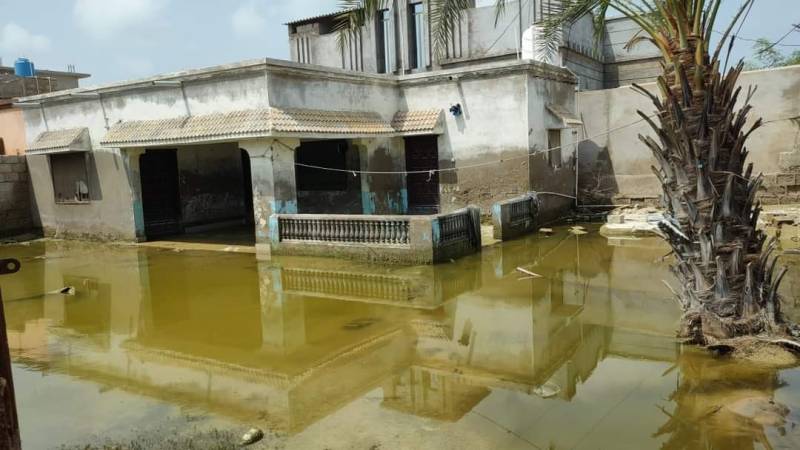
Gwadar, a coastal city in Pakistan's southwest and the hub for the multibillion-dollar China-Pakistan Economic Corridor (CPEC) is facing a climate change-induced crisis.
The port city is battling the dual impact of the drastic climatic changes from above and below. On the one hand, it is contending with intensifying rains that have caused urban flooding, while on the other, the sea level around the city has been increasing, causing the water to rise from the ground.
In February of this year, Gwadar received around 180 millimetres of rain, which inundated parts of the city, leaving many residents stranded. Moreover, the rising sea level has started to affect the foundations of the city's infrastructure, pushing it to the brink of collapse. The drainage system has all but disappeared, with many areas of the city facing a chronic problem of raw sewerage flooding streets and lanes for days on end.
Climate researcher and hydrologist Pazeer Ahmed Baloch warns that Gwadar is sinking due to climate change-related impacts, which are causing intense rains and the sea levels to rise.
He noted that the city's topography, geology, and aquifer make it highly vulnerable to flooding and groundwater contamination. The Arabian Sea forms the city's southern, eastern, and western boundaries, while a densely populated part of the city is built on a narrow strip of land known as the Isthmus. The city's elevation of less than 10 metres above sea level makes it highly susceptible to rising sea levels and flooding.
"Gwadar is floating on water," says Pazeer Ahmed. He explained that Gwadar's topography, with its narrow strip of land which is around 12 kilometres (km) long and has a minimum width between its eastern and western bays of less than a kilometre and an average of three kilometres and a thickness of around six kilometres on the northern extremity of the Gwadar Municipal Committee. Its low elevation, combined with the rise in sea level, makes it prone to flooding. Moreover, loose sand and porous rocks allow underground water to pass through easily, exacerbating the problem.
"The city's infrastructure is not equipped to handle the rising water table and flooding. We need to take immediate action to address this crisis."
Masi Amna, a resident of the Usmaniya ward in Gwadar, lives in one of the many houses affected by the heavy rains in February. Her house was completely submerged in water, and she had to be evacuated using a boat. The rising water table and crumbling drainage infrastructure meant that the rainwater had no where to go, and thus, her house remained flooded for a while. Three months after the flooding, she is still struggling to deal with the damage caused and get her life back to normal.
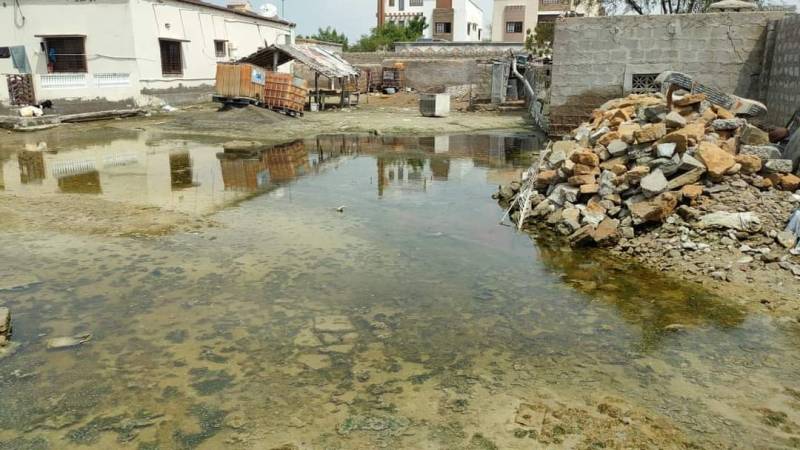
"We can't even sit in our rooms," says Masi Amna, the frustration and helplessness apparent in her voice. "We can't lay any beds or carpets because they get wet all the time. We are living in a nightmare."
Bibi Khadija, a resident of the Tobbag ward, faced a similar crisis. She had built an underground water tank in her home. The water stored in the tank would be used to fulfil all their water needs. But the rains and subsequent urban flooding filled her water tank with wastewater. Now, her family can no longer use that tank or its water.
"We are forced to buy bottled water every day, which is quite expensive and insufficient," she says, adding, "We can't even use our water tank because it is contaminated."
In the aftermath of the heavy rains and rise in the sea level, contaminated water is now seeping out of the ground, damaging infrastructure and turning houses into swamps. Homeowners in many areas of Gwadar have reported that cracks have developed in their houses, and their walls are full of seepage from underground water.
A murky mix of waste water, sewage, and saltwater, has been reported as rising from the ground in many areas, leaving a trail of destruction in its wake. The contaminated water has also been seeping into homes and residents are living in fear, unsure of what destruction the next rainfall will bring and whether their homes would be able to withstand the heavy barrage of water.
Allah Bakhsh, a resident of the Tanah ward, expressed frustration with the seepage of water in his compound, which has turned into a swamp creating fear among locals about the spread of diseases.
"We are tired of living in a swamp," he said, adding that he clears out the water every day, only to fill up again at night.
"We want the authorities to take action and fix the drainage system."
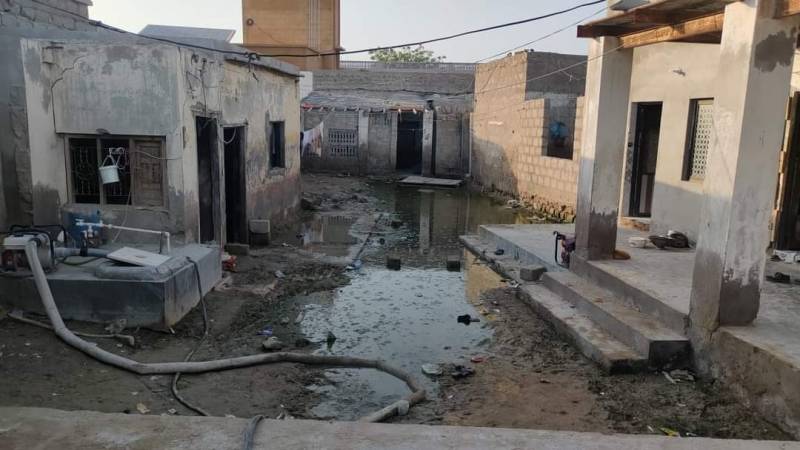
Pazeer said the situation in Gwadar is "very alarming."
"Climate change-induced sea level rise is devastating the coastal community of Gwadar," he warned, adding that 90-95% of the city's elevation was less than 10 metres.
The hammerhead-shaped city lacks any rivers and streams, with rain being the only way for the city to recharge its aquifer with fresh water, making it vulnerable to climate change impacts.
Pazeer noted that the crumbling infrastructure of the city, particularly its drainage and sewerage system, together with groundwater extraction, was a major contributing factor to the water crisis in Gwadar.
"Many low-lying areas of Gwadar City have lost their capacity for sewerage and drainage due to the rising water table," he suggested.
"Groundwater is already polluted by human waste due to porous and permeable mediums (sand) via septic tanks," he said, adding that the rising sea water levels effectively reduced the city's capacity to store freshwater naturally.
Excessive groundwater extraction has also led to seawater intrusion, causing saliniation and elevation of the water table.
"There are places in the old city of Gwadar [which forms the majority of the small, narrow land-bridge between the mainland and the hammerhead of Gwadar] with poor water supplies or high freshwater demands that are more vulnerable to seawater intrusion due to over-pumping groundwater for non-potable uses," Pazeer warned.
The consequences of climate change and sea level rise are already being felt in Gwadar.
"[If] the water table of the coastal aquifer of Gwadar Municipal Committee rises high enough to intersect the surface, resulting in groundwater inundation and flooding, thereby causing irreparable damage to developed infrastructure," Pazeer Ahmed explains.
As the city struggles to cope with the aftermath of the rains, Pazeer Ahmed's warning is stark: "Gwadar is sinking, and it's only a matter of time before it disappears into the sea."
No cogent plan
In response to a right to information (RTI) application, the Gwadar Development Authority (GDA) disclosed that it has taken several initiatives to counter climate change and protect the environment. These include:
- Developing green parks, urban and roadside forestation, and rainwater drainage systems.
- Building two sewerage treatment plants to recycle urban wastewater and utilise recycled water for irrigation purposes.
- Developing two coastal roads with sea protection breakwater to control sea erosion.
- Rehabilitating old cultural heritage sites of the Omani and Portuguese eras.
- Planting mangroves at Pishukan and Shabbi creeks in collaboration with the International Union for Conservation of Nature (IUCN) Pakistan.
- Developing two fishing harbours with allied infrastructure will ensure safe fish handling and enhance the livelihood of local fishermen.
However, Abdullah Rahim Baloch, a climate activist who uses social media to spread awareness among his community in their native language, claims these measures are inadequate and that the city needs a comprehensive plan to address the climate challenge.
"The GDA's initiatives are just a drop in the ocean," claims Rahim. "We need a comprehensive plan to address the rising water table, flooding, and groundwater contamination. We need to invest in data and research to understand the hydrodynamics of the city and take action accordingly."
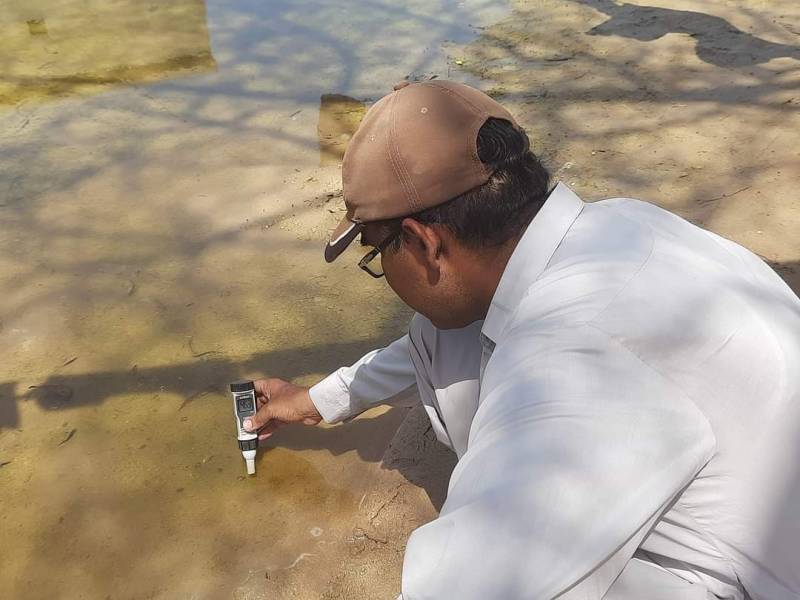
Pazeer agrees with Rahim, suggesting: "The model of development for Gwadar City (a low-lying coastal area) should include investment in information (data) such as: Hydrogeological modelling; data on absolute and relative sea level rise; monitoring groundwater level, flow, and quality; rate of settling/subsidence in hotspot zones and general settling; digital elevation modelling for topography; simulation models (water table rise vs sea level rise, water table rise vs rate of settling/subsidence, sea level rise vs land settling/subsidence); and aquifer parameters.
Any future plans or policies to counter climate change impacts should be formulated based on the data collected.
"I have an honest but deep fear that without investment in [collecting] data and know-how about the hydrodynamics of Gwadar city, the city's development would turn into a Frankenstein." Pazeer Ahmed said. He added that it is already too late if you start seeing groundwater coming out of the ground and flooding homes or a part of the property.
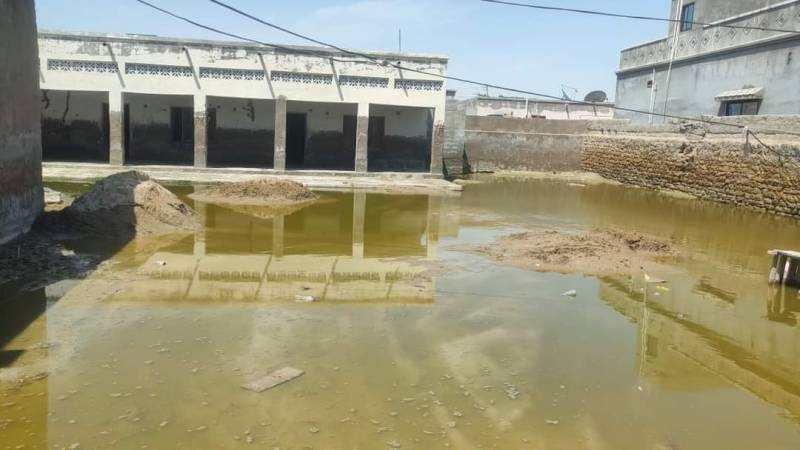
He said that the people of Gwadar are waiting for the authorities to take action. They are tired of living in a city that is slowly but surely sinking. They want the authorities to take immediate action to address the climate crisis and ensure a sustainable future for the city.
"We want the authorities to take our plight seriously," said Abdullah Rahim Baloch. "We want them to take action before it is too late. We don't want to become another Maldives."
Unless policymakers take immediate action to address the looming threat of climate change, Gwadar's aspirations to become the next Singapore or Dubai will likely be submerged under water. The time for denial is over. The time for action is now. Will our policymakers rise to the challenge, or will they let Gwadar slip beneath the waves?

